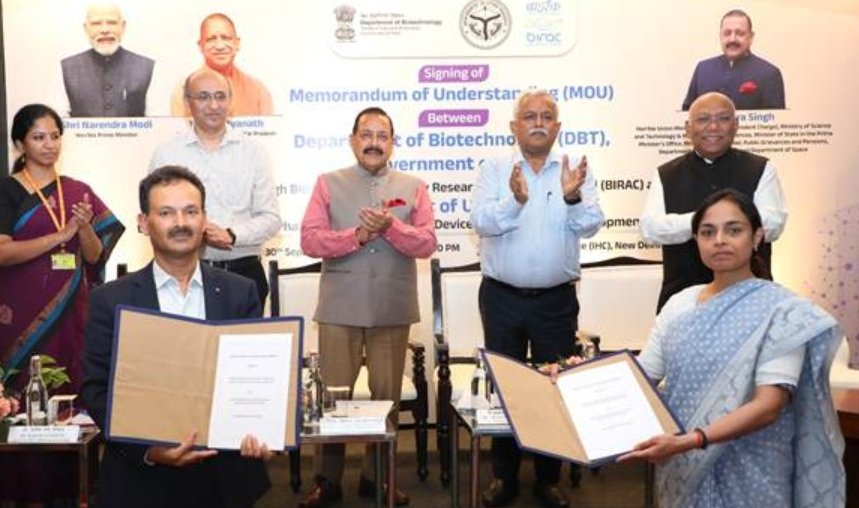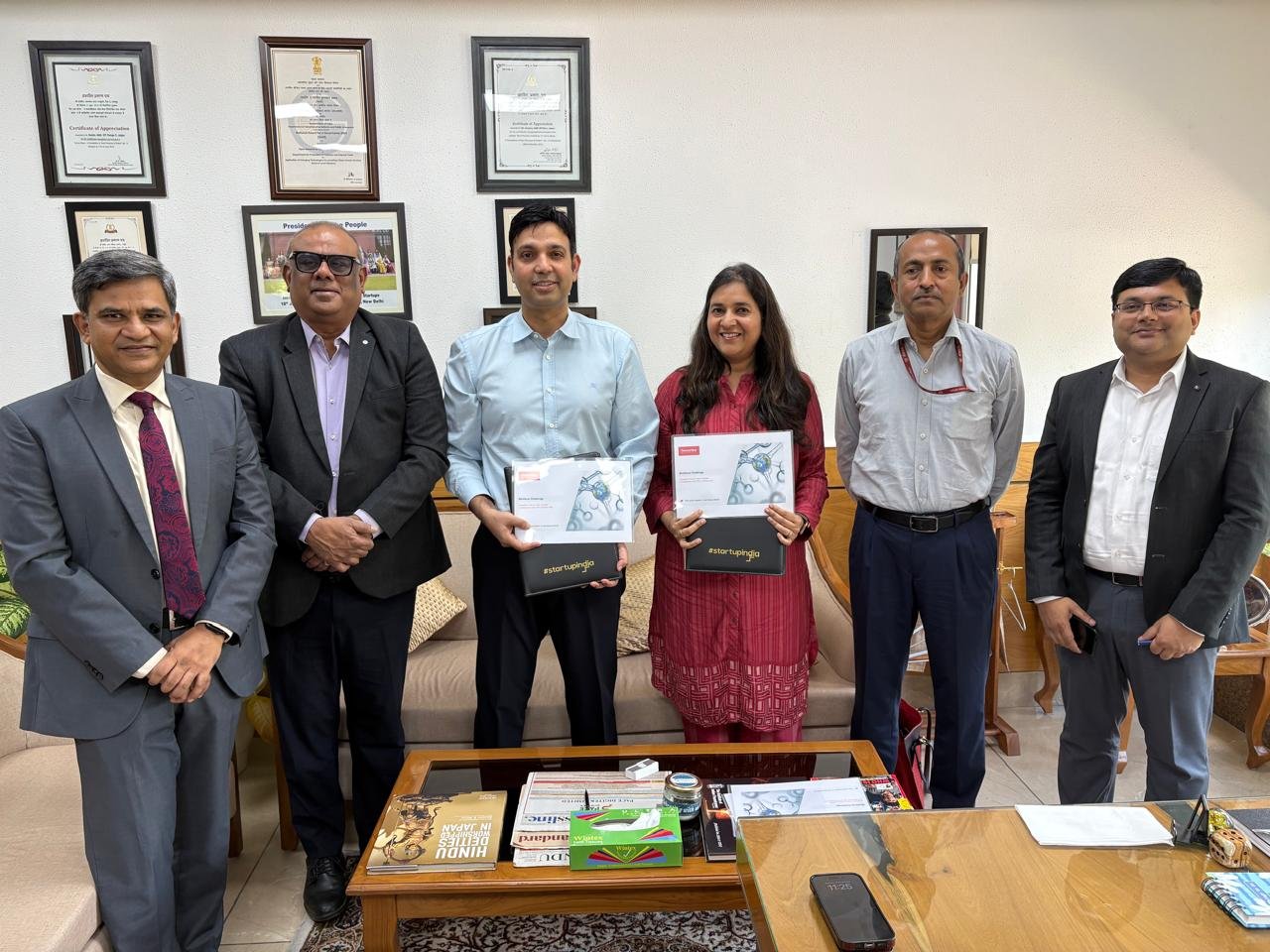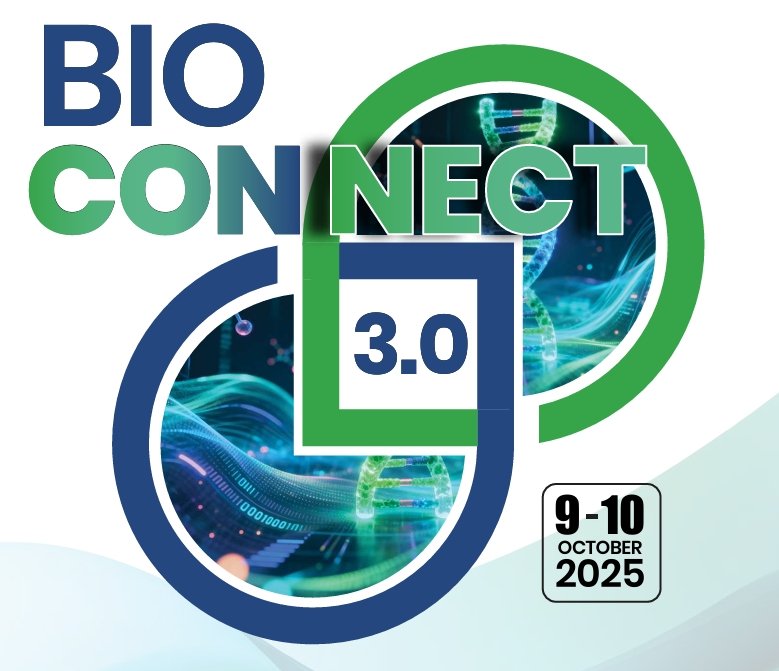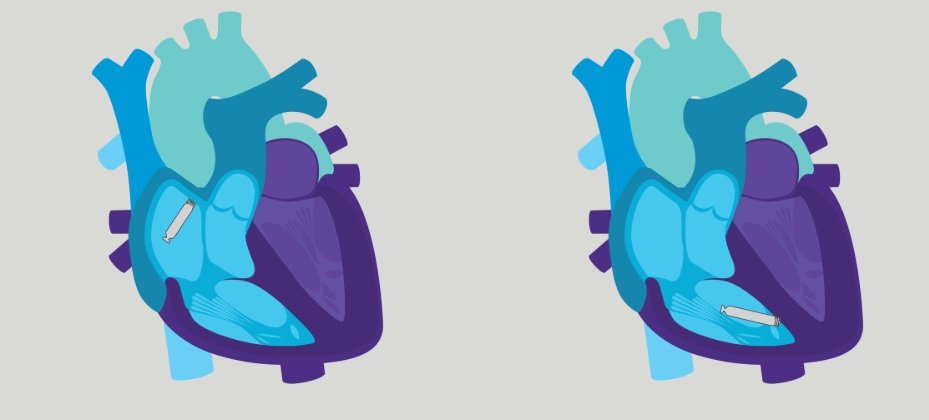Bio-Rad launches SsoFast EvaGreen
November 04, 2010 | Thursday | News

Bio-Rad Laboratories has introduced SsoFast
EvaGreen Supermix with low ROX which enhances the speed, reliability,
and sensitivity of qPCR experiments performed on instruments requiring
ROX reference dye.
The ROX-blended version of the SsoFast EvaGreen supermix is optimized
for users of PCR systems that employ ROX as a passive reference for
normalization. SsoFast EvaGreen supermix with low ROX can be used
effectively on Bio-Rad’s real-time PCR detection systems, as well as on
the ABI 7500 Fast and Standard, ABI StepOne and StepOnePlus, and
Stratagene MX-series real-time PCR systems.
Through instant polymerase activation, optimal primer binding, and
rapid polymerization kinetics, SsoFast EvaGreen supermix with low ROX
can help researchers reduce their time-to-results from 90 minutes or
more, for standard cycling to between 35 and 45 minutes.
Millipore unveils CpGenome Turbo kit

EMD Millipore, the life sciences division of
Merck, Germany, has introduced a rapid kit for bisulfite conversion,
which is a critical first step in mapping the differences in genomic
DNA methylation patterns. Aberrant DNA methylation can result in
inappropriate activation or silencing of specific genes, and is
associated with errors in embryonic development as well as onset of
diabetes, cancer, cardiovascular and other diseases.
The new CpGenome Turbo kit converts unmethylated cytosines to uracil in
90 minutes, which is twice as fast as commonly used bisulfite kits and
reagents. By increasing the throughput of bisulfite modification, the
CpGenome Turbo kit allows researchers to examine DNA from more samples
in less time. It’s conversion reagent reduces incubation times while
retaining high efficiency, converting more than 99.9 percent of
unmethylated cytosines to uracil.
Agilent introduces cytogenetics tool
Agilent Technologies introduced the SurePrint G3 Human CGH+SNP
microarray platform, an innovative system for simultaneous analysis of
chromosomal copy number changes and copy-neutral aberrations. The
system allows researchers to study the genetic basis of developmental
disorders as well as many cancers. This is said to be the only
two-color CGH platform that can detect loss of
heterozygosity/uniparental disomy (LOH/UPD) with five to 10 megabase
resolution.
The SurePrint G3 CGH+SNP microarrays use the identical high-throughput
workflow as the current CGH-only microarrays, so they can be simply and
efficiently incorporated into cytogenetic research. Agilent’s Genomic
Workbench software compliments array analysis by employing novel
algorithms to determine copy number changes using CGH probes, to
measure allele-specific copy numbers of SNP probes, and to locate
regions of LOH/UPD.


 Bio-Rad Laboratories has introduced SsoFast
EvaGreen Supermix with low ROX which enhances the speed, reliability,
and sensitivity of qPCR experiments performed on instruments requiring
ROX reference dye.
Bio-Rad Laboratories has introduced SsoFast
EvaGreen Supermix with low ROX which enhances the speed, reliability,
and sensitivity of qPCR experiments performed on instruments requiring
ROX reference dye. EMD Millipore, the life sciences division of
Merck, Germany, has introduced a rapid kit for bisulfite conversion,
which is a critical first step in mapping the differences in genomic
DNA methylation patterns. Aberrant DNA methylation can result in
inappropriate activation or silencing of specific genes, and is
associated with errors in embryonic development as well as onset of
diabetes, cancer, cardiovascular and other diseases.
EMD Millipore, the life sciences division of
Merck, Germany, has introduced a rapid kit for bisulfite conversion,
which is a critical first step in mapping the differences in genomic
DNA methylation patterns. Aberrant DNA methylation can result in
inappropriate activation or silencing of specific genes, and is
associated with errors in embryonic development as well as onset of
diabetes, cancer, cardiovascular and other diseases.






